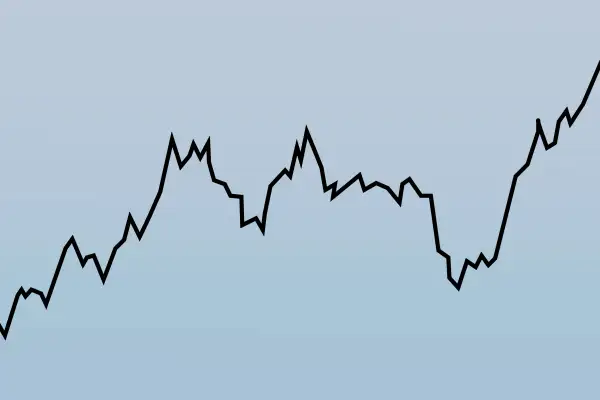This Two-Minute Viral Video Proves It's Impossible to Time the Stock Market
Money is not a client of any investment adviser featured on this page. The information provided on this page is for educational purposes only and is not intended as investment advice. Money does not offer advisory services.

If you're a long-term investor, you've probably heard that "timing the market" is a lot harder than it looks. There are plenty of stats and studies that try to show the difficulty of anticipating market moves, but few of them drive the point home like this video, created for the 125th birthday of the Dow Jones Industrial Average last month.
Built by investing writer James Eagle, it's only about two-and-a-half minutes long. And it's nothing more than a fever chart that logs the monthly progress of the Dow from its beginnings to today. What it makes clear, in a way few other illustrations do, is just how erratic the Dow's progress — and your investing returns — can be.
Notice the Dow's fairly steady rise until about the 30-second mark — the year 1925 — when the line literally begins to leap off the chart. Of course, as we all know, that big jump was followed by the 1929 crash, and stocks made little progress for roughly two decades until after World War II, when the next huge leap occurs. Other spikes take place around 1980 and in the mid-1990s.
What's striking is not only how large the Dow's handful of truly giant leaps are, which the graph illustrates nicely by continually re-sizing until you can barely even see the original 1920s surge, but also how suddenly they take place, often after many years in which the market seems to simply grind sideways.
The lesson: In the long run, it's a safe bet you'll make money in the stock market. But those gains are extremely erratic. If you plan to buy and hold, you may endure many mediocre years. But when lighting finally strikes, you can count on catching it.
By contrast, if you think you can sit it out until the eve of the next bull market, your timing has got to be perfect. If your re-entry is off by just a couple weeks, you'll leave a lot of money on the table. If you missed out on the market’s top 10 days over the last two decades, your overall return was cut in half, according to J.P. Morgan Asset Management’s 2020 guide to retirement.
More from Money:
Robinhood and Free Trades: What Every Investor Needs to Know
Robinhood for Beginners: A Complete Guide to Investing With the Controversial Stocks App

